Integrated Evidence-Based Practices
Under the CBT Umbrella
There are several Evidence-based concepts and methods that have very recently and significantly influenced the implementation of Evidence-based practices for certain mental health conditions. For example, Craske’s (2008, 2014)[88][89] influential work using the Inhibitory Learning Model with anxiety disorders and exposure based methods, demonstrates that a person’s old ways of thinking, feeling, and behaving are never eliminated or extinguished, but can become less relevant or utilized. DuFrene, & Wilson (2012)[90] and Donovan, Ingalsbe, Benbow, Daley, (2013) [91], have also reflected this conception, but using different terms. For example, 12 Step principles and methods assume the position that a person’s SUD is never fully in remission (e.g. no thoughts, cravings, or urges to use), and by continually creating perpetual change, new behaviors, and new learning [92][93] the disorder and a relapse can be arrested. Miller and Rollnick (2013)[94] also agree that in order to avoid relapse, old behaviors and ways of thinking, or the return to what they call the “Pre-contemplative” stage of change, ongoing maintenance of behavioral and cognitive change is needed to sustain goals.
Complete abstinence, as described by 12 Step Programs could be called a form of exposure therapy to a person’s uncomfortable thoughts, feelings, and old learning, but with the key elements of response/ritual prevention (e.g. using drugs of alcohol) and with the understanding that these will return, but perhaps could be made tolerable [95][96][97][98][99][100].
Where We Can All Agree
By looking at their similarities, practitioners could reason that these concepts related to practice could be easily applied together. Recovery from a mental health condition or abstinence from an SUD is an ongoing process that never fully goes away, which is why relapse, or what be called the acts of engaging in old learning, is understood as part of the human experience [101][102][103][104].
Don’t Think, Just Act
With the potential for early mortality, it is imperative that organizations and practitioners incorporate what we know works from the evidence-based world, with the invaluable resources and mechanisms of the recovery world, in an effort to retain clients in ongoing care, responsibly address their problems in a way that aligns with our professional values, and help people to live full and functioning lives.

